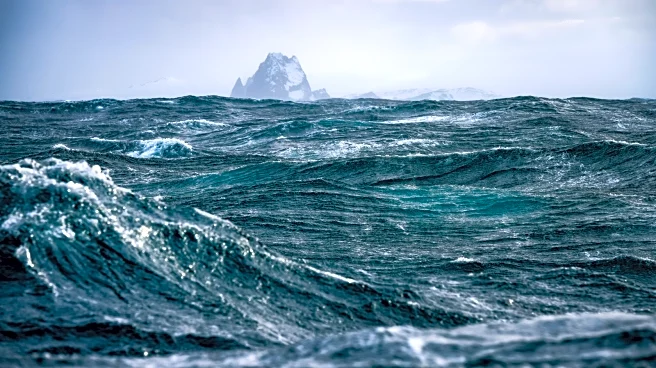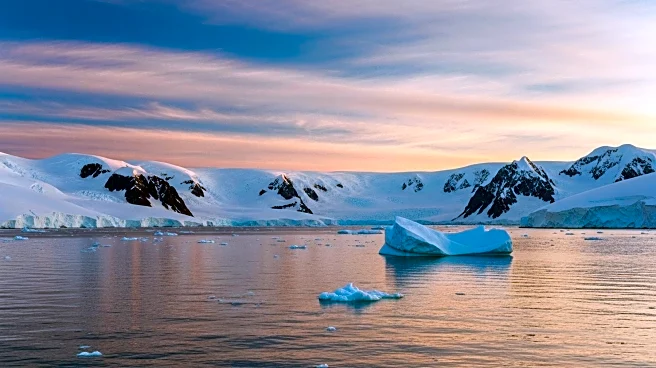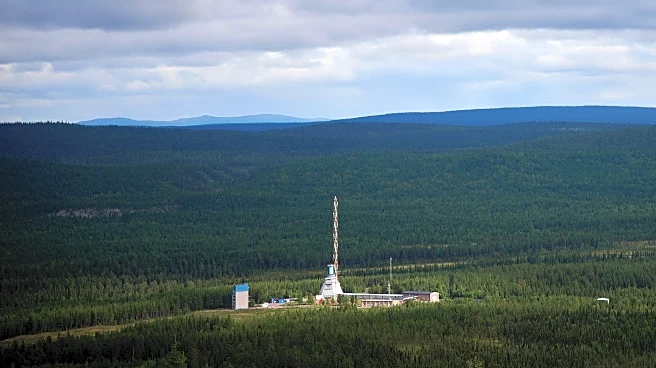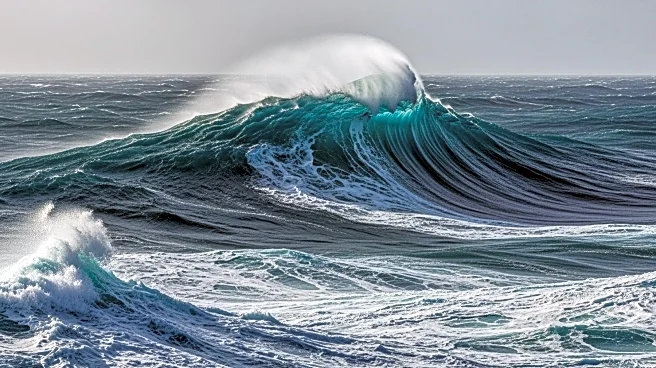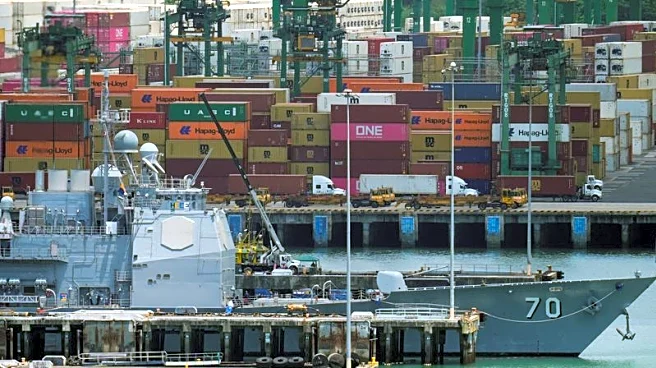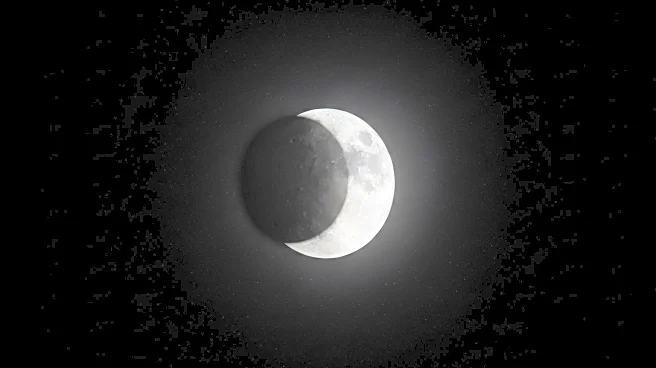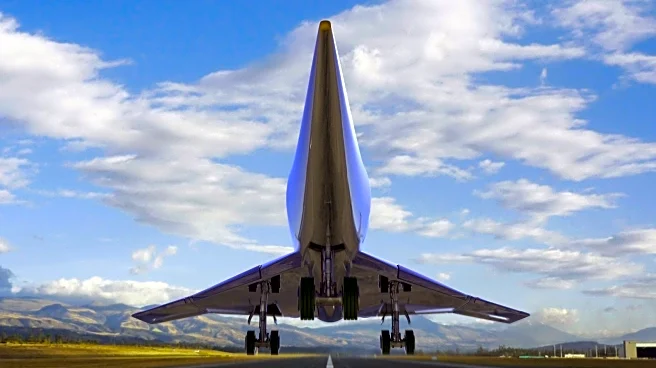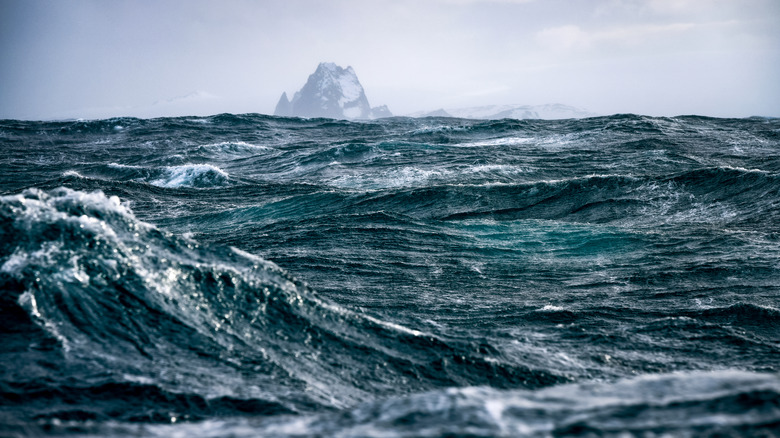
At the southernmost point of South America, ships crossing the Atlantic and Pacific oceans confronted a terrible reality for millennia: the dreaded Drake Passage. One of the most violent stretches of water on Earth, it stretches 600 miles wide and lies between Cape Horn and the South Shetland Islands of Antarctica. The region's infamy stems not from myth but from meteorological and oceanographic facts. This region is the only place the seas of the world can flow unhindered, creating some of the roughest
ocean conditions on the planet.
Extreme wave heights, fast-changing weather, and some of the fastest ocean currents on Earth have led the Drake Passage to acquire its terrible reputation. Before the Panama Canal opened in 1914, ships wanting to get to the eastern coasts of the Americas had no other option except to brave these waters , and many did not make it. The perilous waters of the Drake Passage are as legendary as they are deadly.
The area is still dangerous even now with modern shipbuilding and navigational instruments. Depending on the sea's conditions, maritime crews, visitors, and expedition leaders all still refer to the experience as either the "Drake Lake" or the "Drake Shake," with calm waters occurring roughly 10% of the time while extremely rough waters occur in 10 to 20% of journeys. Given all this risk, it makes sense that ships avoid sailing south of South America when other paths are possible.
Read more: 10 Of The Largest Navies In The World, Ranked By Self-Reported Total Naval Assets
Where Oceans Collide: The Perfect Storm
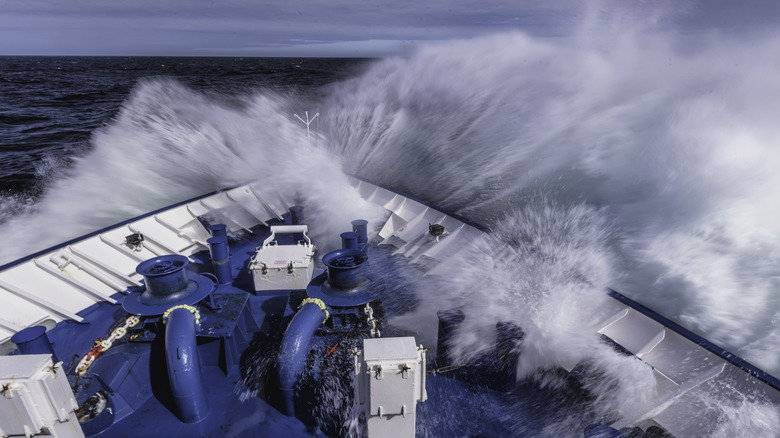
The Drake Passage's unusual location at the junction of three great oceans -- the Atlantic, Pacific, and Southern -- makes it particularly perilous. Here, the strongest current on Earth, the Antarctic Circumpolar Current (ACC), surges eastward with amazing force, squeezed between the South American continent and Antarctica. There is no landmass to slow it down; thus, this current generates enormous waves with heights reaching up to 80 feet. When at its most violent, the area turns into a hellscape of wind, waves, and frigid spray.
The dominant westerly winds that gave the latitudes between 40 and 60 their infamous nicknames -- the Roaring Forties, Furious Fifties, and Screaming Sixties --sweep across the Southern Hemisphere adding to the fury of the Drake Passage. Unbroken by land, these winds speed across the Drake Passage to produce rogue waves and sudden storms. The ACC by itself moves anywhere between 95 and 150 million cubic meters of water per second across the area, fueling towering swells and chaotic seas when combined with powerful winds.
These terrible circumstances challenge even the most experienced sailors, not just the fortitude of their highly specialized ships. Given the volatility of the area, an easy morning in the Drake might quickly turn into anarchy by afternoon. For research vessels and commercial shipping, precise timing and forecasting are absolutely vital.
Surviving The Drake: Modern Dangers With Safe Alternatives
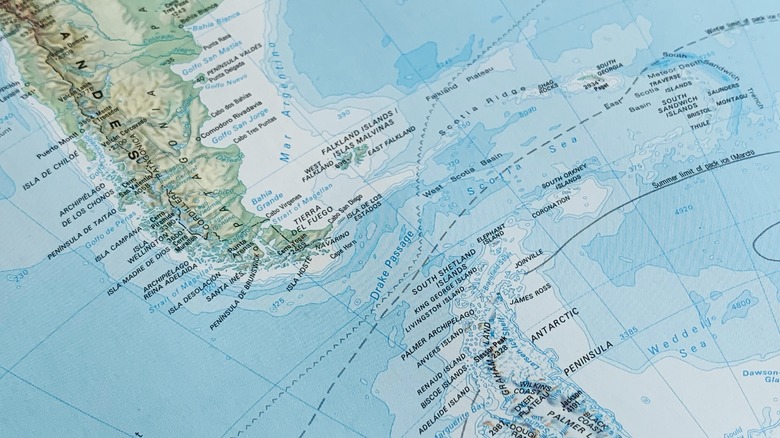
The Drake Passage continues to claim its place as a high-risk gauntlet even with improvements in ship design and forecasting. It is thought that roughly 10,000 sailors have lost their lives to the Drake. In a harrowing reminder of the Drake's wild power, a rogue wave hit the Viking Polaris cruise ship in 2022, killing one passenger and injuring several others. Cruise companies that offer Antarctic excursions often prepare travelers for seasickness and mental fatigue, if not outright fear.
For commercial ships, the calculus is more sensible. Although it may be a longer journey depending on the embarkation point, routing through the Panama Canal is far safer and more predictable. Many Antarctic trips now choose chartered flights across the passage to avoid the Drake Shake and getting seasick. The development of small, ice-rated aircraft has made this alternative more feasible; however, these planes do not fly over Antarctica but instead land at King George Island and then take a boat across.
Still, the Drake Passage is a legendary marine test -- a rite of passage for sailors and a dramatic entrance to the last great wilderness on Earth -- despite the risks. Its volatility still shapes expedition planning and shipping paths, evidence of how even in the twenty-first century, nature still commands respect on the high seas.
Want the latest in tech and auto trends? Subscribe to our free newsletter for the latest headlines, expert guides, and how-to tips, one email at a time.
Read the original article on SlashGear.
